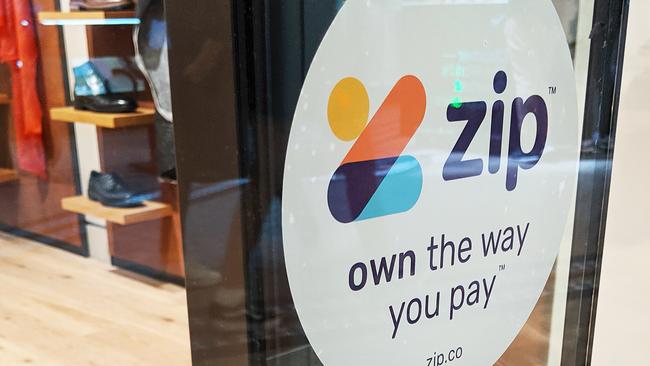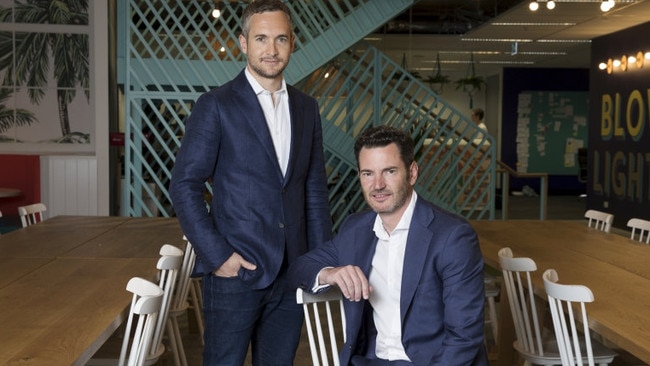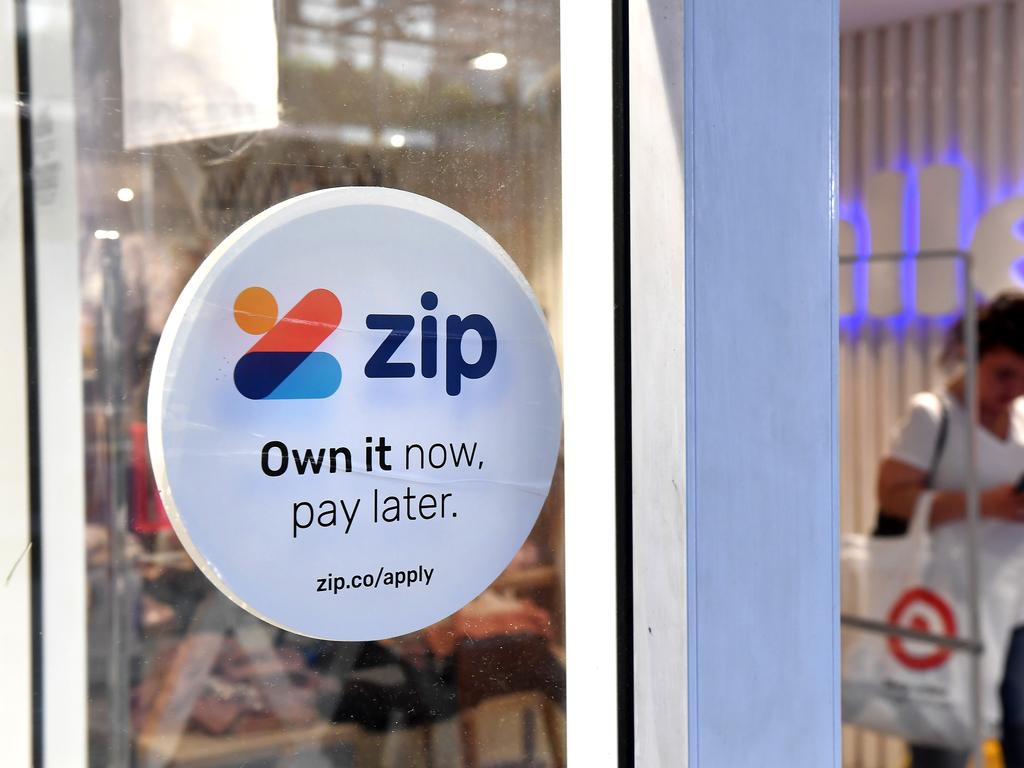
Two of the biggest remaining independent Australian operators in buy now, pay later have kicked off the latest round of mergers but bulking up is no guarantee of survival in a competitive space where cash often goes out of the door as quickly as it comes in.
After a series of stop-start talks late last year, Larry Diamond’s Zip Co finally struck a $491m deal with ASX-listed rival Sezzle in a move that will see the buy now, pay later operator grab a bigger foothold in the fast-growing US market.
The merged payments company will have a valuation of more than $1.7bn and nearly 13 million mostly young customers that would rather use buy now, pay later instead of credit cards to shop online and in store.
The deal gives Zip much-needed scale in the US where the smaller Sezzle generates all of its sales and it pushes it into new product lines including home improvement and outdoors.
However, the move is more born out of necessity. The sector is under intense pressure to start delivering for shareholders following the spectacular implosion of the boom-time values of recent years and cash is not as easy to come by.
In little more than a year, Zip has seen its shares collapse from the extraordinary peak of $12.35 to $2.21 today. Sezzle shares topped out at $11.34 in late 2020, to trade at $1.78 prior to the merger details being released earlier Monday.
Even by the time Jack Dorsey’s Block (previously called Square) finalised its Afterpay acquisition in January, nearly $20bn had been wiped from the value of the all-share deal from when it was first unveiled in August.
The capital-hungry model of buy now, pay later means that the faster they grow, the deeper the losses, which require shareholders with deep pockets and long horizons to fund the growth.
To highlight how much is needed, five buy now, pay later companies delivered a combined $342m in losses as they handed down results on Monday. The good news for investors is the losses are getting smaller from the more than half a billion dollars handed down this time last year across the same five.

Combined revenue for Zip, Sezzle, Splitit, Beforepay and Payright is just $486m for the period to end-December. And while this is growing, it’s not growing fast-enough to keep ahead of the investment needed to continue to fund the expansion.
At the same time the sector has yet to be fully tested through normal economic times, with the Covid downturn marked by extraordinary government support and ultra-low interest rates.
In moving on Sezzle, Zip is using its share price as currency, paying a hefty 22 per cent premium for the merger. As well, Zip tapped shareholders for up to another $200m to help fund its growth, offering a hefty 14 per cent discount, which could put its shares under further pressure when they resume trading. Diamond says the additional capital will cover merger costs and growth aspirations for the next two years.
Following the deal Sezzle shareholders will own a maximum of 22 per cent of the combined entity with Zip shareholders clearly in the driving seat.
But for Zip it puts it on a footing to get bigger which is what is needed to turn a profit. The merger is targeting between $60m-$80m in cost savings within two years as the companies combine sales, financing and office operations. They will also drop the Sezzle brand.
The transaction, which was first revealed by The Australian’s Bridget Carter, marks the third and biggest acquisition by Zip in the past year.
Zip’s Diamond says he believes that consolidation makes sense and Zip and Sezzle “are stronger together”.
“Despite near term market and macro headwinds we maintain our conviction that the long term fundamentals of the BNPL sector remain sound,” Diamond says.
He says fast growth shows customers clearly like the platform of buy now, pay later and retailers continue to see the benefit of including the payment option at the checkout driving new customer acquisition and engagement.
Diamond also points out the industry still has significant upside with transaction volumes just 2 per cent of sales in the US. Not only is Afterpay going for growth in the US there a string of global players including Commonwealth Bank-backed Klarna, and even credit card giant Visa is offering its own buy now, pay later options.
Diamond notes the “recent and aggressive shift in the stock market” means it is important that the industry can deliver on sustainable growth.
Red ink
His comments came as Zip posted a loss of $172.8m for the December half, this was down from the $456m loss a same time last year. Sezzle, which posted full year results, posted a loss of $US75.1m ($104.4m) from a loss of $US31.9m a year earlier. Sales for 2021 were $US114.8m, more than double a year earlier.
Zip also quietly waved the white flag on a key part of its European expansion on Monday writing off $44.7m from the value of the UK business and declaring it was reducing the amount of capital available to drive growth there. Instead it will switch its focus to the US where Diamond says it is “doubling down” on growth.
He says the new look Zip now has a “simplified investment case” with a core focus on the US and Australia.

Buy now, pay later players are facing a new headache with bad debts starting to rise as the world returns to a normal footing. Zip’s bad debts surged to nearly $150m during the December half, up from just $30m in the same time last year. This pushes up the average cost of sales, pushing the profit a little further down the runway.
Other numbers released on Monday included Splitit, which posted a full year loss of $39.6m, from a loss of $25.5m previously. Smaller Payright posted a December half loss of $6m and newly-listed Beforepay posted a loss of $19.6m although it was hit with its IPO costs.
Beforepay’s accounts show it has negative net equity of $32m, which means it will need to start generating cash sooner than later to stay in the game.
Beforepay chief executive Jamie Twiss acknowledges the sector is facing a tougher time from investors compared to the more recent boom times.
“It’s clear that the market is now valuing technology businesses and fintechs very differently than it was a year ago,” he says.
with David Ross








After the crash comes the shake-out.